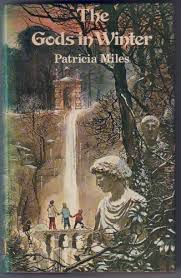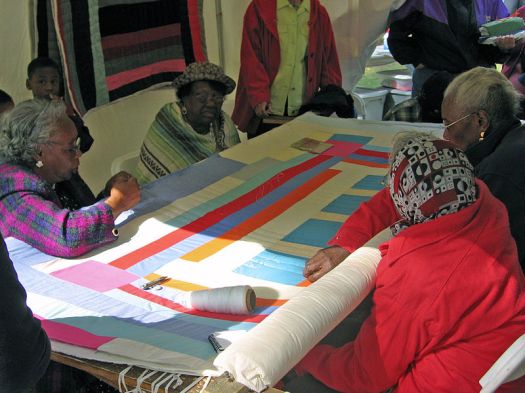When I was in fifth grade, we studied Greek Mythology . The text we used was Edith Hamilton’s Mythology. I think the teacher cleaned-up the myths up, taking out all the naughty bits, but she sparked my interest in mythology in general. Because of this interest, I got another, more comprehensive salacious book at a yard sale for 25 cents. That was the birth of my obsession.
What cemented my obsession, though, is an obscure children’s novel, called The Gods in Winter by Patricia Miles. The teacher read the novel aloud to us a couple of times a week. It’s set in 1950s Britain and retells the story of Persephone and Demeter. The POV characters are kids, after their parents hire a mysterious nanny who always seems to be looking for her lost daughter. The mythic echoes in the story are full of wonder and terror, I remember being haunted by expertly invoked angst of the nanny (who, of course is Demeter/Ceres in disguise).
“Inscribed” is a kind of skewed homage to that book. It’s set in the present-day, and concerns the esoteric research of Byron Davies, a kind of Robert Graves-styled academic, and the legacy he leaves for his son, Simon, who isn’t interested. It’s a kind of Oedipal tale about fathers and sons, betrayal and alchemy. The figure of Hermes—as psychopomp, magician and trickster—is woven throughout the story.







You must be logged in to post a comment.